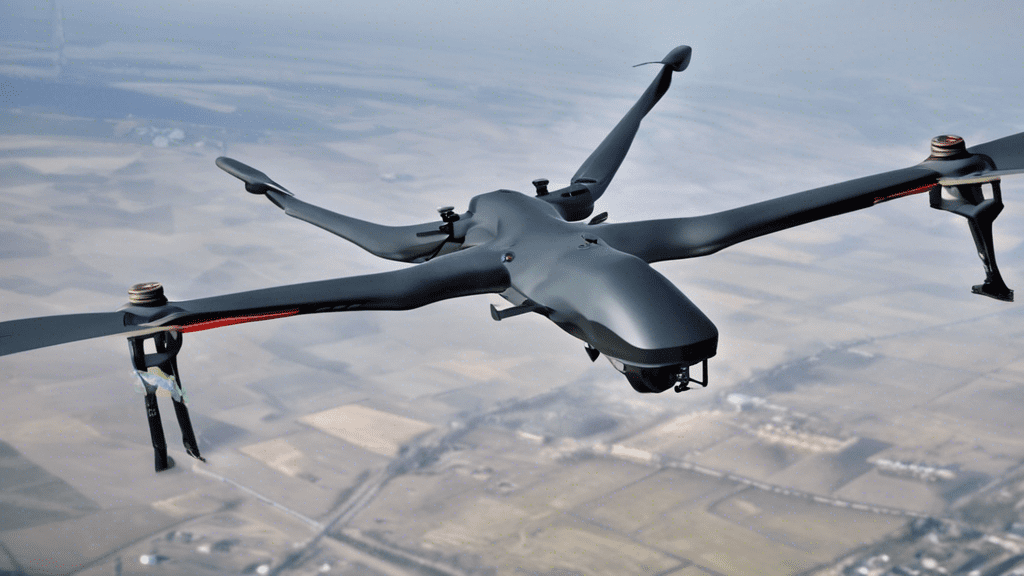The escalation of drone attacks in the Russia-Ukraine conflict has taken a sharp turn, especially as we near the end of 2024. As of November 29, Russia has ramped up its drone campaigns against Ukraine, and the implications are becoming more serious than ever. The frequency and intensity of these attacks are not just numbers; they represent lives affected and infrastructure damaged amidst a backdrop of a protracted and heartbreaking conflict.
Russia’s Unprecedented Drone Warfare
As we head into the final stretch of 2024, Russia has launched a record number of drone strikes primarily targeting Ukraine. These assaults have not been random; they have specifically aimed at apartment blocks and critical infrastructure in 17 different regions across the country. Yukrainian civilians continue to bear the brunt of these attacks, with the Russian drones even striking a children’s medical center in Kyiv, causing damages and unfortunately, injuries. This situation creates a heavy atmosphere of fear and uncertainty for families trying to go about their daily lives.
It’s evident that the Russian strategy has intensified, likely to create a domino effect—both psychologically and materially—against Ukraine. These drone strikes signify more than just military tactics; they represent a calculated move to instill fear among civilians and undermine the infrastructure that supports Ukrainian life and defense.
Ukrainian Responses and the Broader Military Picture
Nevertheless, Ukraine is not sitting idly by. They have been proactive in their responses, launching drone strikes targeting critical military facilities within Russia itself. Reports confirm that Ukrainian drones have hit the 13th GRAU arsenal in Russia’s Novgorod region, where various types of military ordnance, including Iskander ballistic missiles, are stored. This indicates a shift where Ukraine is attempting to take the fight to the enemy directly, retaliating against those strikes aimed at their own people.
Interestingly enough, while these drone attacks escalate, Russian air defenses have been put to the test. Just on November 29, air defenses were activated across various regions in Russia as a response to the increasing frequency of Ukrainian strikes. Initial reports revealed that Russian forces managed to down about 30 Ukrainian drones in the Rostov region early on the same day. This cat-and-mouse game pushes both sides to rethink their positions and strategies constantly.
Adding further complexity to the conflict are incidents within Russia itself. Explosions were reported in Tuapse, Krasnodar Krai, apparently due to a drone hit that activated air defense systems in the area. Another notable incident involved a drone attack that sparked a fire at the Atlas oil depot in Rostov. These events show that the conflict is not contained within borders and is spilling over with real repercussions on both sides.
Beyond the immediate effects of military engagement, the ongoing conflict continues to reverberate on a global scale. Economies are affected, with rising prices for goods as countries grapple with supply chain disruptions. Even traditional celebrations, like Thanksgiving in the U.S., reflect these wider implications. As the situation remains fluid, one can only hope for resolution—but for now, the drone warfare saga in this conflict appears far from over.
